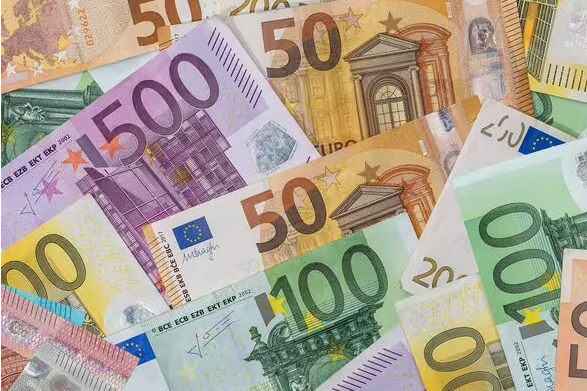Spain is a popular holiday destination for Brits – but whether you’re travelling to the mainland or islands, you may want to check your Euros

One Euro note is difficult to spend in shops (Image: alfexe via Getty Images)
While a lot of people simply use a credit or debit card when abroad, some travellers still prefer to use cash, and there are instances where cards may not be accepted.
If you’re planning a trip to Spain this year, you might be considering withdrawing Euros for shopping, dining out, or buying souvenirs. However, even if you’re a frequent visitor to mainland Spain, the Canary Islands, or the Balearic Islands, you might not be aware of certain changes regarding Euro notes.
Firstly, caution is advised when accepting €500 notes from bureau de change or banks. The European Central Bank and the Bank of Spain ceased production of these notes in 2016, but a few of these purple notes are still in circulation.
Although they remain legal tender, their usage is becoming increasingly difficult, according to EuroWeekly. Due to their high value and association with illegal activities, many shops refuse to accept them.

500 Euro notes are rarely accepted in shops (Image: Getty)
If you receive a €500 note when withdrawing money, you should ask for smaller notes instead. Alternatively, you can exchange these notes at a Spanish bank.
Spain’s central bank has also started the process of withdrawing old and damaged €50 notes from circulation. This move, expected to start in July 2025, aims to enhance the security of cash transactions and curb fraud.
The decision to phase out worn and torn notes coincides with the tourist season, but could result in tourists having their old or damaged notes rejected by cashiers.
When exchanging your holiday money, ensure that any €50 notes are in good condition, and request replacements if you notice any damage. Worn out notes can be exchanged at any branch of the Bank of Spain or selected partner banks, but remember to bring identification such as your passport.
Counterfeit or intentionally damaged notes will not be accepted for exchange.

One and two Euro cent coins may not be around for long (Image: Getty)
And for those who typically toss leftover change into a jar after returning from holiday, it’s worth noting that Spain may soon eliminate one and two cent Euro coins. Countries including Ireland, Belgium, and Italy have already ceased using these coins, rounding up cash payments to the nearest five cents instead, and no longer minting them.
Spain, along with several other Eurozone countries, is considering following this trend. So, if you have a jar full of copper coins, it might be a good idea to spend them on an ice cream next time you’re away, as they may not be accepted in the near future.



